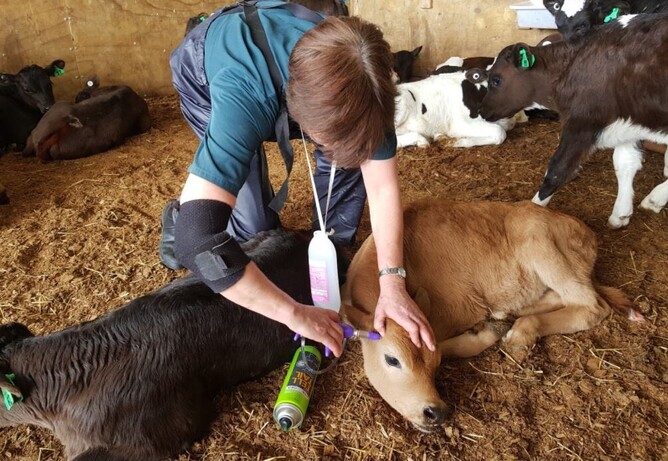A NZ trial published in 2019 has looked at pain relief and sedation of calves at the time of disbudding on behavioural responses, pain sensitivity and weight gain. It showed that all calves that received sedation had a lower pain sensitivity than those that just had local anesthesia. In the same study calves that received sedation, local anesthesia and metacam (meloxicam) had a 0.144kg/day greater average daily gain in the 7 days following disbudding than those that just received local anesthesia.
West Coast Vets offer two options for disbudding:
Premium: Sedation, local anesthesia, antibiotic spray and metacam (long acting pain relief)
Standard: Sedation, local anesthesia and antibiotic spray
In all cases while they are sedated we check for navel infections, remove extra teats, can ring bulls and check any other health concerns you may have. We also give their first covexin vaccination (10-in-1).
A couple of reminders for disbudding:
Calves should be between 2-6 weeks of age. When they are older sedation is less predictable and the horn bud starts to attach to the skull meaning there is a chance of horn regrowth.
The calves should not be fed for 4 hours before disbudding. This is to prevent problems such as aspiration and bloating.
If there are any health concerns, e.g. scours, it is recommended to delay disbudding until they are all healthy again.
We provide our own team and all our gear, meaning you can carry on with the rest of the spring jobs on the to do list. Otherwise this is a great time for you to take DNA samples or tag them while sedated.

